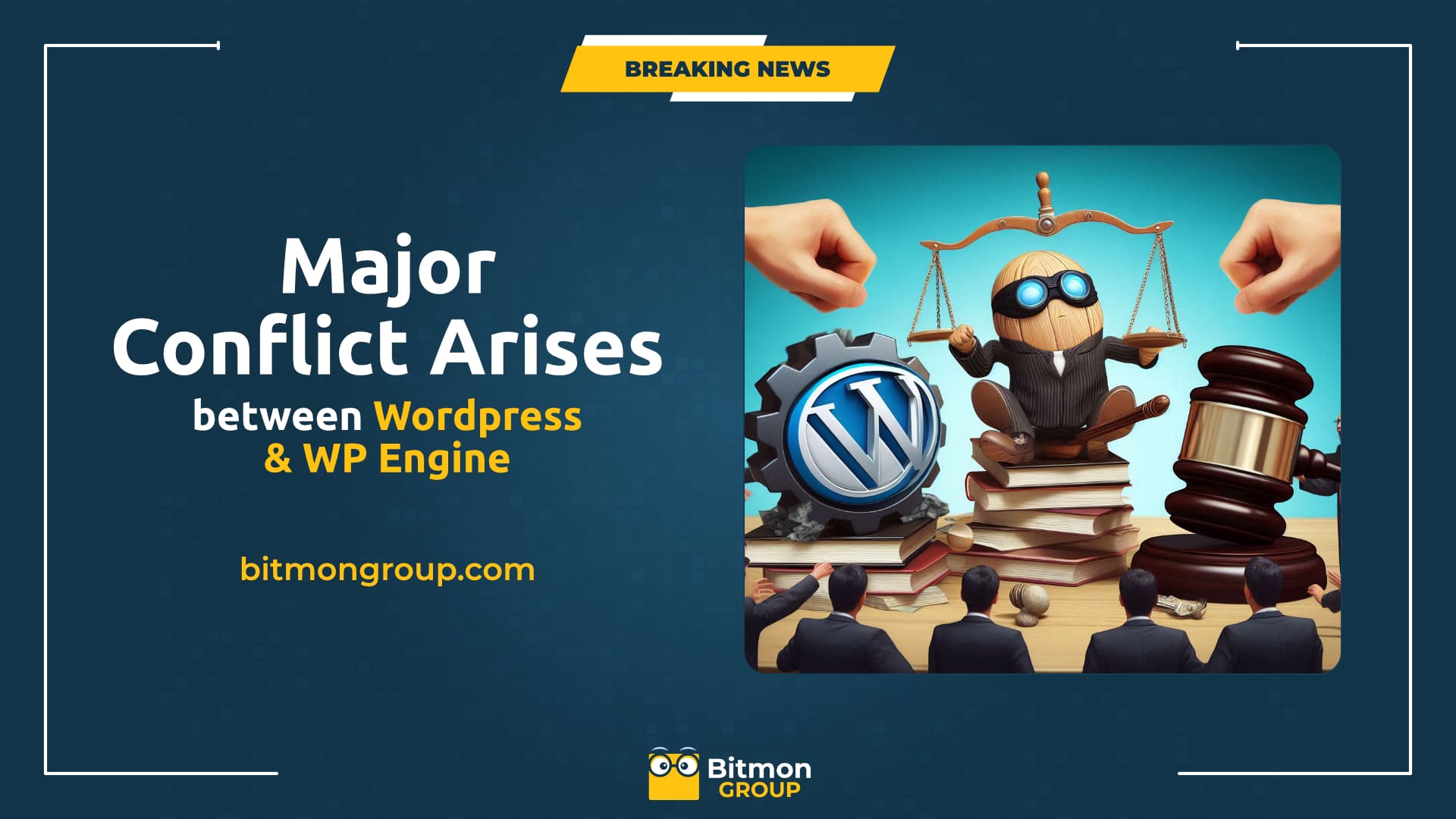When working with WordPress, it’s important to understand the distinction between pages and posts. Both are essential components of WordPress, but they serve different purposes and are used in different ways. Here’s a simple guide to help you understand the key differences between pages and posts.
1. What is a Page?
Pages in WordPress are used for static content that doesn’t change often. They are typically used for information that remains relatively constant and is not part of a chronological sequence. Examples of pages include:
- Home Page: The main landing page of your website.
- About Us: Information about your business or organization.
- Contact Us: Details on how to get in touch.
- Services: A description of the services you offer.
Key Characteristics of Pages:
- Static Content: Pages are designed to display content that remains the same over time.
- Hierarchical Structure: Pages can have a parent-child relationship, allowing you to create a hierarchy. For example, a “Contact Us” page might have a “Customer Service” sub-page.
- Not Time-Sensitive: Pages are not displayed in chronological order and are not date-specific.
- URL Structure: Pages have a more stable URL structure. For instance, yourwebsite.com/about-us.
2. What is a Post?
Posts in WordPress are used for dynamic content that is regularly updated and displayed in reverse chronological order. They are typically used for content that is part of a blog or news section. Examples of posts include:
- Blog Articles: Updates, news, or articles related to your industry.
- News Updates: Announcements or recent developments.
- Tips and Guides: Useful information or how-to articles.
Key Characteristics of Posts:
- Dynamic Content: Posts are intended for content that is regularly updated or published.
- Categories and Tags: Posts can be organized into categories and tags, making it easy to group similar content and help users find related posts.
- Time-Sensitive: Posts are displayed in chronological order, with the most recent post appearing first.
- URL Structure: Posts typically have a date in their URL, such as yourwebsite.com/2024/08/21/post-title.
3. When to Use Pages vs. Posts
- Use Pages When:
- You want to create static content that doesn’t need to be updated regularly.
- You need to create content that provides essential information about your business, such as contact details or company history.
- You want to build a website structure with hierarchical content, like a main page and sub-pages.
- Use Posts When:
- You’re creating content that will be updated frequently, such as blog articles or news updates.
- You want to engage with your audience through time-sensitive content.
- You want to organize content into categories and tags to make it easier for users to navigate and find related information.
4. Display and Interaction
- Pages:
- Pages usually appear in your site’s navigation menu, making them easily accessible.
- They do not typically include features like comments or social sharing options, though you can add these features if needed.
- Posts:
- Posts are often displayed on your blog or news section and may include features like comments, social sharing buttons, and author information.
- They are automatically archived by date and category, allowing users to browse older content.
5. Conclusion

Understanding the difference between pages and posts helps you organize your WordPress content effectively. Pages are ideal for static, evergreen content that provides essential information about your business. Posts are perfect for dynamic, time-sensitive content like blog updates and news articles. By using both pages and posts appropriately, you can create a well-structured, engaging website that meets the needs of your audience.







